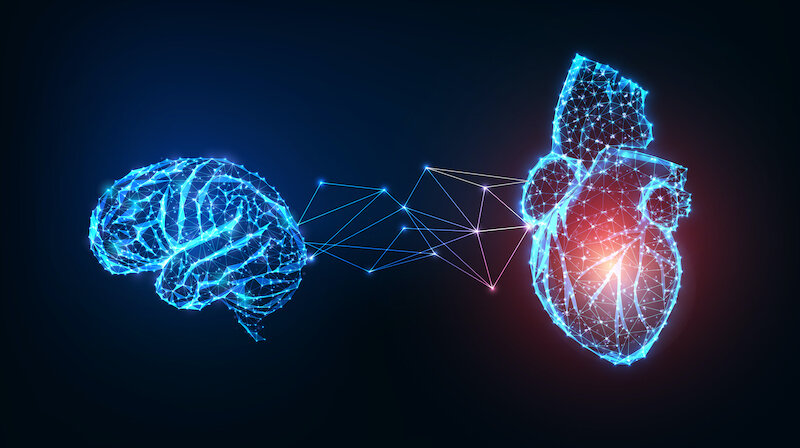From Calamity to Sanity Post Series: Your Blue Brain
Yesterday I started this series of posts by introducing the concept of your Red Zone or Red Brain. As a summary, the Red Brain has survival as its primary goal, and you experience this mind state with the emotions associated with anxiety, threat or frustration. The three characteristics of this mind state are:
A focus on self
Low self awareness
Reduced access to alternatives or choices
Babies come ready packaged with a working Red Brain, some, if not many adults never really lose it.
Your Blue Brain
The alternative and more desirable mind state is much more socially oriented. The ‘Blue Zone’ or ‘Blue Brain’ is a mind state that emerges from a balance of activity in the cognitive, sensory, language and emotional regions in the brain. People who are more active in these areas of the brain have quite different behaviours and attitudes.
The defining characteristics of the Blue Brain mind state:
Focused on you or us
Greater self awareness
More alternatives or choices available
These give us the necessary skills and attitudes to be collaborative and creative, and to have courage, three traits absent in the Red Zone.
There is a cost to this more worthwhile mind state - it is more demanding on our biological resources and can be hard to maintain. Further, it requires a more mature brain. Given we now think that the brain does not mature until the mid to late twenties, kids may not be fully able to engage in this mind state.
From what we know about brain development in children, the brain ‘architecture’ required to run the Blue Zone does not begin operating until some time in the middle primary/elementary school years. One of our tasks as parents and teachers is to help kids develop their Blue Brains. The earlier we start, the better the outcome in later life for our children.
Even though the brain has not yet constructed the neural maps needed for Blue Brain activity, you can accelerate the development these networks by exposing young brains to awareness and sensory-building experiences. Some resources around building brain and mind-state awareness are included in Chapter 7 of the book, and as a guide, the following activities and approaches help build ‘Blue Brain muscle’:
Teach kids about their brains, and how their brains work
Specifically teach the Blue/Red Brain model, and refer to this in your behaviour management
Use mindfulness and meditation exercises for kids (meditation is one of the best ways of building ‘Blue Brains’)
Teach and use reflection and journaling to build the ability to sense thoughts and emotions
Help build emotional literacy by giving kids a repertoire of words to describe emotions
Use ‘Blue-Brain friendly’ process where kids can build the ability to make better choices for themselves
If ever we needed a generation of creative, collaborative and courageous brains, it is now.
Download a free copy of my book The Success Zone (more on Red and Blue Zones in this book) here, or check out John Corrigan’s book Red Brain Blue Brain here.
